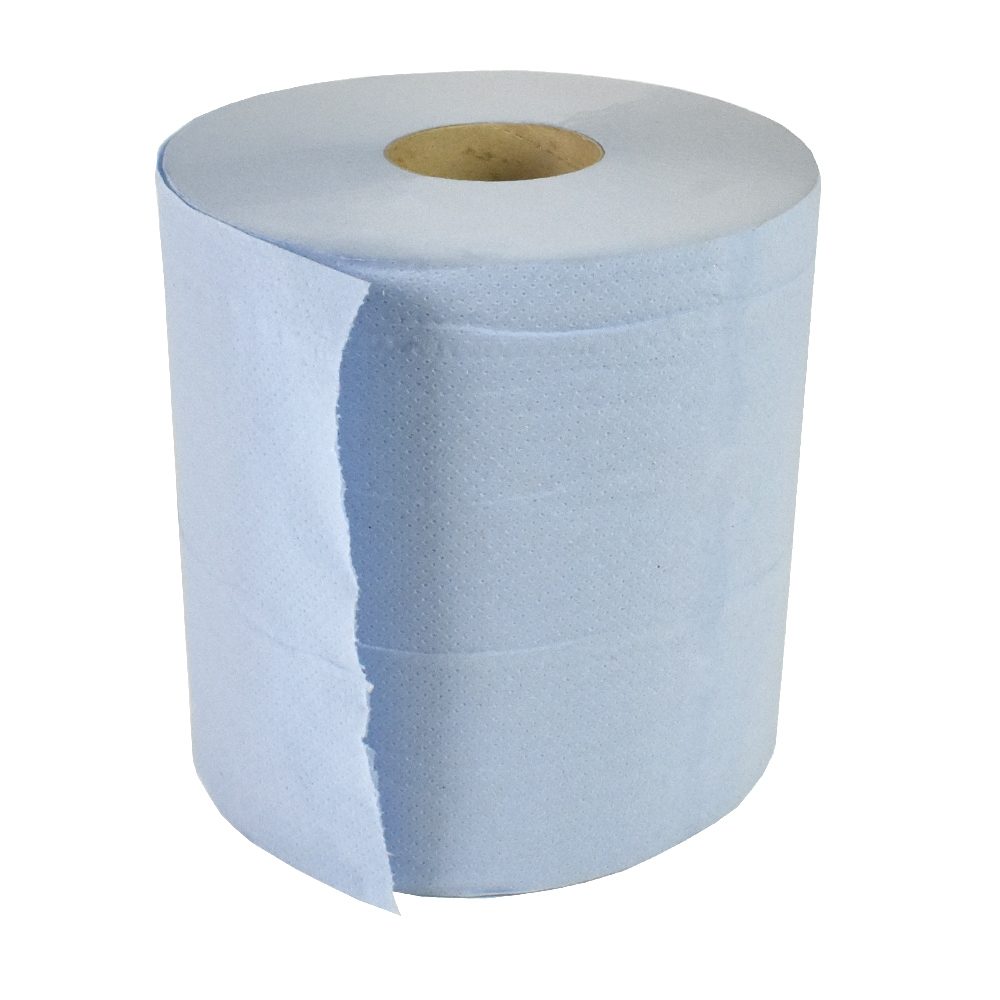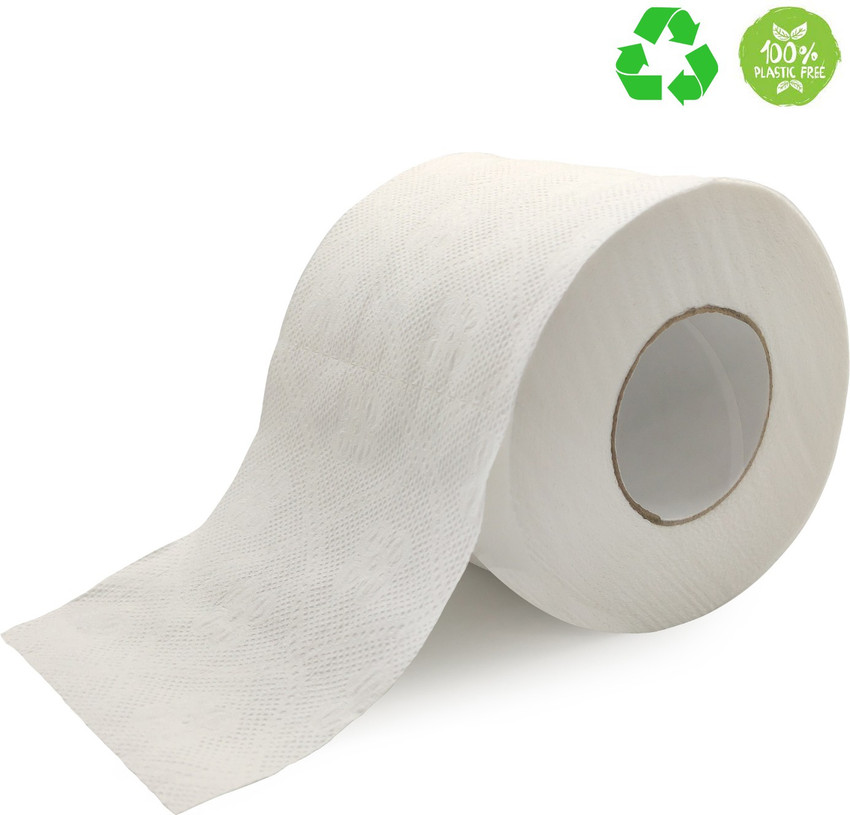toilet paper is a staple in every household, yet it is often overlooked until we run out. It’s an essential item that we use every day, making it important to choose the right one for our needs. In recent years, 2-ply toilet paper has gained popularity for its comfort and durability. In this guide, we will explore the evolution and production of 2-ply toilet paper, its benefits and drawbacks, market trends, and how to choose the best 2-ply toilet paper for your household.
The Evolution of the 2-Ply toilet roll: A Historical Journey

Toilet paper has been used since ancient times, with the earliest known use dating back to the 6th century in China. However, it wasn’t until the late 19th century that commercially produced toilet paper became available in the United States. At that time, it was a single ply paper made from recycled materials.
As demand for toilet paper grew, manufacturers began experimenting with different materials and production methods. In the early 20th century, 2-ply toilet paper was introduced, adding a second layer of tissue to increase strength and absorbency. This innovation revolutionized the toilet paper industry and quickly became the standard for most households.
The Benefits and Drawbacks of Using 2-Ply Toilet Paper: A Comprehensive Review

Benefits
The main advantage of 2-ply toilet paper is its thickness and absorbency. The two layers of tissue make it softer, more comfortable to use, and less likely to tear or shred while in use. This makes it an ideal choice for people with sensitive skin or those who prefer a more luxurious bathroom experience.
Moreover, the added strength of 2-ply toilet paper also means you’ll use less per use compared to 1-ply toilet paper. This can save you money in the long run, despite 2-ply toilet paper often being more expensive upfront.
Drawbacks
The main drawback of 2-ply toilet paper is its cost. Due to the added layer, it is typically more expensive than 1-ply toilet paper. This may not be a concern for some, but for those on a budget or living in large households, it can add up over time.
Another potential issue with 2-ply toilet paper is its texture. Some brands have a smooth surface, while others have a textured one. The textured surface can be more effective at cleaning, but it can also be harsher on the skin. If you have sensitive skin, it’s essential to choose a brand with a smoother texture to avoid irritation.
2-Ply Toilet Paper: An Economic Perspective on Consumer Usage and Market Trends

According to Statista, the global market for toilet paper was valued at $73.4 billion in 2019 and is projected to reach $102.6 billion by 2027. The rise in demand for 2-ply toilet paper has been driven by its perceived superiority in quality and comfort, leading to an increase in production and sales.
In terms of consumer usage, studies have shown that people tend to use more toilet paper per use when it is thinner or less absorbent. This results in more frequent purchases and an overall higher consumption rate. However, as discussed earlier, 2-ply toilet paper generally requires less per use, making it a more economical choice in the long run.
2-Ply Toilet Roll: Global Production and Supply Chain Analysis
The production process for 2-ply toilet paper is similar to other types of tissue paper. It begins with a blend of pulp fibers (usually from softwood or hardwood trees) mixed with water to create a paper slurry. The slurry is then pressed and dried to form large rolls of tissue. In the case of 2-ply toilet paper, two layers of tissue are pressed together before being cut and packaged into individual rolls.
The supply chain for 2-ply toilet paper is complex, with raw materials sourced from various regions and production taking place in multiple countries. The largest producers of toilet paper are China, the United States, and Japan. However, due to the recent COVID-19 pandemic, there were disruptions in the supply chain, causing shortages in some areas and an increase in prices.
The Environmental Impact of 2-Ply Toilet Paper: Assessing Sustainability
As with any product, it’s essential to consider the environmental impact of 2-ply toilet paper. The main environmental concern with toilet paper production is deforestation. According to the World Wildlife Fund, around 15% of global deforestation is caused by the pulp and paper industry.
To mitigate this impact, many manufacturers have switched to using sustainable sources of wood pulp or alternative materials such as bamboo or recycled paper. Additionally, certifications like the Forest Stewardship Council (FSC) ensure that the production of toilet paper meets specific sustainability standards.
Choosing the Right 2-Ply Toilet Paper: A Consumer Guide to Comfort and Quality
With so many options available, it can be overwhelming to choose the best 2-ply toilet paper for your household. Here are a few factors to consider when making your decision:
Number of Sheets Per Roll
Standard rolls typically have 500 sheets, but you can also find rolls with 1,000 or even 2,000 sheets. If you have a large household, opt for a roll with more sheets to avoid frequent replacements.
Texture
As mentioned earlier, some 2-ply toilet paper has a smooth surface, while others have a textured one. Consider your skin sensitivity when choosing between the two.
Price
2-ply toilet paper is generally more expensive than 1-ply, but the added comfort and durability may be worth the extra cost. You can also look for deals or buy in bulk to save money.
The Future of 2-Ply Toilet Paper: Innovations and Emerging Trends
The demand for toilet paper is expected to continue growing, and manufacturers are constantly looking for ways to improve their products. Some innovations that we may see in the future include infused toilet paper with scents or lotions, self-disinfecting toilet paper, and even personalized toilet paper with printed designs or messages.
Moreover, with the increasing focus on sustainability, we may see more environmentally friendly options for 2-ply toilet paper, such as using alternative materials or implementing more efficient production processes.
2-Ply Toilet Paper: A Case Study in Product Design and Consumer Psychology
The popularity of 2-ply toilet paper goes beyond its functional benefits. Its thicker and softer texture evokes a sense of luxury and comfort, making us feel pampered and well taken care of. This psychological effect plays a significant role in our purchasing decisions, making 2-ply toilet paper a prime example of successful product design.
The Role of 2-Ply Toilet Paper in Personal Hygiene and Health
Toilet paper is not just about convenience; it’s also crucial for maintaining good personal hygiene and health. Using 2-ply toilet paper can help prevent skin irritation or infections, as it is less likely to tear or break apart while in use. Moreover, proper use of toilet paper can also reduce the risk of spreading germs or bacteria.
2-Ply Toilet Roll: A Symbol of Modern Convenience and Sanitation
In many parts of the world, access to clean and safe sanitation is still a significant issue. However, the availability and widespread use of toilet paper, particularly 2-ply, is a symbol of modern convenience and improved sanitation standards. It is a small but crucial aspect of everyday life that we often take for granted.
Conclusion
Toilet paper may seem like a simple and mundane item, but it plays a significant role in our daily lives. Over the years, 2-ply toilet paper has proven to be a popular choice for its comfort and durability. With advancements in technology and a growing focus on sustainability, we can expect to see more innovations and improvements in the production and design of 2-ply toilet paper. Whether you prefer a smooth or textured surface, scented or unscented, there is a 2-ply toilet paper out there for everyone’s needs and preferences. So next time you’re restocking your bathroom essentials, consider the benefits of 2-ply toilet paper and choose the right one for you.